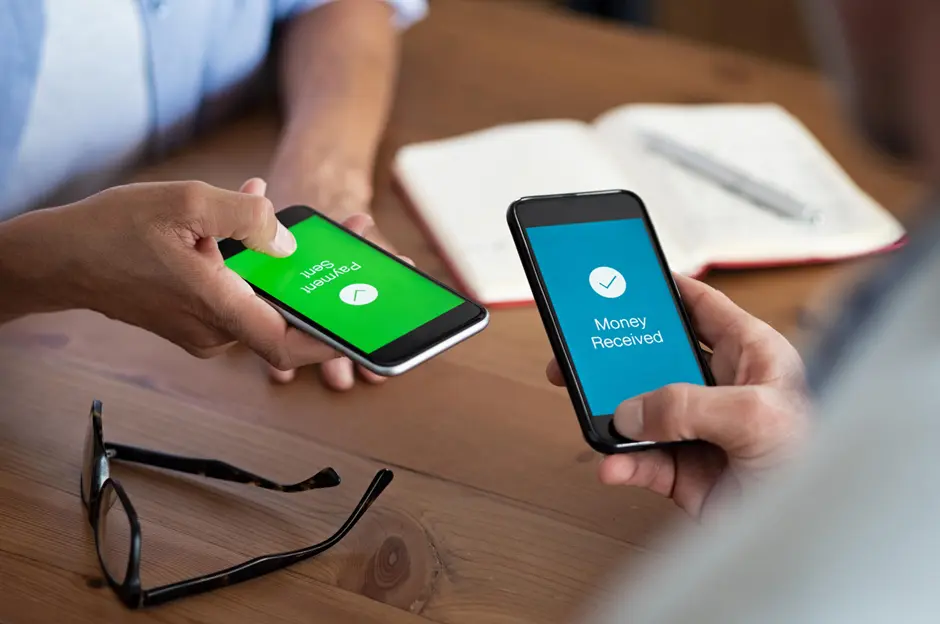Have you ever wondered how businesses used to handle payments before cards and apps became common?
From bartering goods to coins, paper money, and now digital wallets, the way money moves has changed a lot. These changes make transactions faster, safer, and easier for both buyers and sellers.
New tools let you pay with a tap, a scan, or even your phone without touching cash. Technology keeps shaping how business works and how people shop.
Are you ready to see how payment solutions have grown and what comes next? Let’s dive in.
Encryption and Tokenization
Keeping payment information safe is very important. Encryption and tokenization help protect data during payments. Encryption changes information into a secret code that hackers cannot read.
Tokenization replaces real payment details with a special code called a token. Even if someone steals the token, they cannot use it to pay. Businesses that use these tools give customers peace of mind.
Customers can shop online or in stores without worrying about their credit card or bank information. Using these tools also helps businesses improve their overall vendor management.
Biometric Verification
Biometric verification uses a person’s unique features to check their identity. Fingerprints, face scans, and voice recognition are now used to make payments safe. Instead of typing a password, a customer can use their finger or look at the camera. This makes payments faster and safer. It is very hard for someone to copy a fingerprint or a face.
Many mobile wallets use biometric verification. Paying with a fingerprint is faster than typing a password. Businesses reduce fraud with this method. Customers feel safe knowing their identity is checked and that they can pay online or in stores without worry.
Two-Factor Authentication
Two-factor authentication, or 2FA, makes payments safer. It adds an extra step after the password. Usually, a code is sent to the customer’s phone or email. Only after entering this code can the payment go through. Even if someone steals the password, they cannot pay without the second step.
2FA is common in online banking, e-commerce, and apps. It works well because hackers need more than one piece of information. Customers feel safer with the extra step. Businesses also reduce fraud and chargebacks, saving money and keeping trust.
Real-Time Fraud Alerts
Real-time fraud alerts spot problems fast. If unusual activity happens, like a large purchase or login from a new place, the system sends an alert. Customers can check if the payment is real or report it as fraud. This stops bigger problems.
Banks and payment apps use smart software to find fraud. Alerts act like an early warning. Customers like quick notifications because they protect their money. Businesses can stop fraud before it causes loss or a bad reputation.
Instant Payments
Waiting for payments can be annoying. Instant payments solve this by sending money immediately. Whether paying online, in an app, or in a store, money moves fast. Customers get confirmation right away. Businesses get funds faster.
Instant payments help with online shopping, sending money to friends, and subscription services. Businesses can restock products or pay staff faster. Customers enjoy a quick, smooth experience. Instant payments make transactions simple and fast.
Contactless Payments
Contactless payments are popular now. Customers pay by tapping a card, phone, or smartwatch. Small payments may not need a PIN. This is fast, easy, and safer, especially in crowded places.
Contactless payments use NFC technology. Most modern cards and wallets, like Apple Pay or Google Wallet, work with this. Businesses have shorter lines and happier customers. Customers enjoy a smooth process. Contactless payments also reduce cash handling, lowering mistakes and theft.
Integration with Accounting Systems
Tracking sales, payments, and expenses can take time. Integration with accounting software automates this. Payments are recorded automatically, which reduces mistakes.
Businesses get a clear view of money. They know which products sell most, track income, and make reports. Customers benefit because businesses can work faster and give better service. Automation makes managing money easy and less stressful.
Inventory Management Sync
Inventory management sync updates stock after every sale. When a product is bought, the system reduces stock immediately. This prevents selling items that are out of stock. It also helps plan restocking and sales.
Automatic tracking saves time for staff. Customers find products when they want them. Businesses can see popular items and plan better. Connecting online and in-store sales makes inventory management smooth. This helps save money, reduce waste, and serve customers faster.
Supports Online and Mobile Commerce
Online and mobile shopping have changed how people buy things. Payment systems now make it safe and easy to pay online. Customers can use credit cards, digital wallets, or other ways to pay on websites or apps. This lets businesses reach more people, not just those who visit their store.
Online and mobile shopping is very important for business growth. Customers like it because it is easy. Businesses get more chances to sell. Mobile payments let customers pay anywhere and anytime.
Online shopping also helps small businesses compete with big ones. Payment systems that work for many ways to pay make shopping easy and help customers come back.
Recurring and Subscription Billing
Recurring and subscription billing make paying for regular services or products easy. Customers who sign up for weekly or monthly services are billed automatically. They do not need to pay each time. This is simple for both customers and businesses.
Subscription billing is used by streaming services, subscription boxes, gyms, and software. Businesses get a steady income and spend less time checking for payments.
Customers like getting services or products on time without worry. Automatic billing also reduces mistakes, late payments, and missed payments. It helps businesses and customers have a better, smoother relationship. It also makes managing money easier.
Looking Ahead: The Future of Payments in Business
Payment systems are changing fast, and both businesses and customers are seeing the benefits. Payments are now faster, safer, and easier to make. Tools like codes, fingerprints, instant transfers, and tap-to-pay cards help money move smoothly.
Connecting payments to accounting, inventory, and online stores makes business work simpler. Automatic and repeat payments save time and make shopping easier.
Using these modern payment tools helps businesses grow, keep customers happy, and build trust. The future will bring even more ways to make buying and selling safe, fast, and simple for everyone.
Did you find this article helpful? You can check out our website for more awesome content like this!
Also Read-Comprehensive Guide on How to Save Money on Car Shipping










